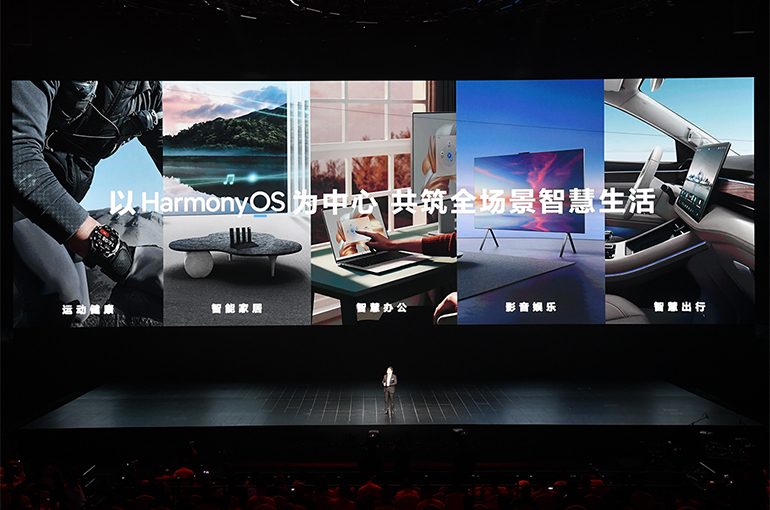 HarmonyOS Apps Snowball to Over 4,000 in Milestone for Huawei's Post-Android Era
HarmonyOS Apps Snowball to Over 4,000 in Milestone for Huawei's Post-Android Era(Yicai) April 8 -- Huawei Technologies' self-developed HarmonyOS ecosystem has expanded to over 4,000 native mobile applications as the Chinese tech giant widens the influence of its equivalent of Android or iOS.
The number of HarmonyOS apps has surged by more than 20 times from the first data release of 200 such apps in January, the Shenzhen-based phonemaker announced yesterday.
Huawei released the proprietary operating system in August 2019, three months after the US government restricted the Chinese firm's access to crucial US technologies.
The plan is to launch a beta version of HarmonyOS Next, the newest iteration of HarmonyOS which no longer supports Android apps, in the second quarter, and a commercial version in the fourth quarter. Some 800 million devices, including mobile phones, tablets, and wearables, use HarmonyOS, according to data released by the firm in January.
Users of Huawei phones can enjoy apps in fields such as e-commerce, local services, tourism, as well as culture and entertainment. Almost 90 percent of China's top 20 apps have started developing a Huawei-native version and leading internet companies such as Alibaba Group Holding, Meituan, Xiaohongshu, and JD.Com have already published such homegrown apps.
This year, Huawei aims to work with partners to create 5,000 native HarmonyOS apps, Zhu Yonggang, president of consumer cloud business, said earlier. The ultimate goal is to reach more than 500,000 units. “This will also be the first time in history that an OS ecosystem will be based on the Chinese market and eventually go global.”
"Harmonization" is reaching administrators too as the municipal government of Shenzhen announced an action plan last month, becoming the first city to promote such apps. But also the administrations of Shanghai and Zhejiang have started working on Huawei apps for public services.
The Securities Times reported today that the tech firm will hold a HarmonyOS spring meeting on April 11 to release products for cars and personal computers.
Editor: Emmi Laine